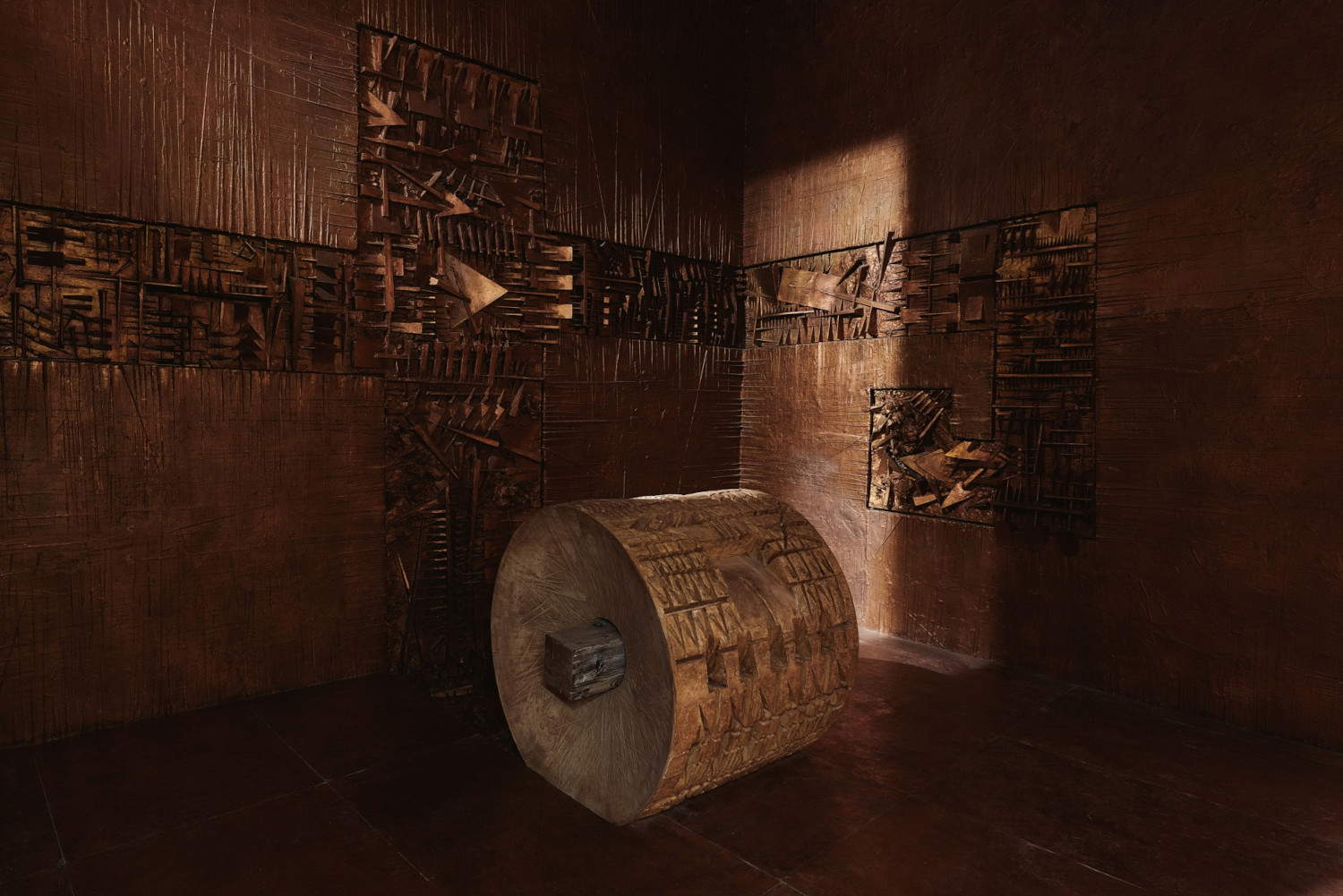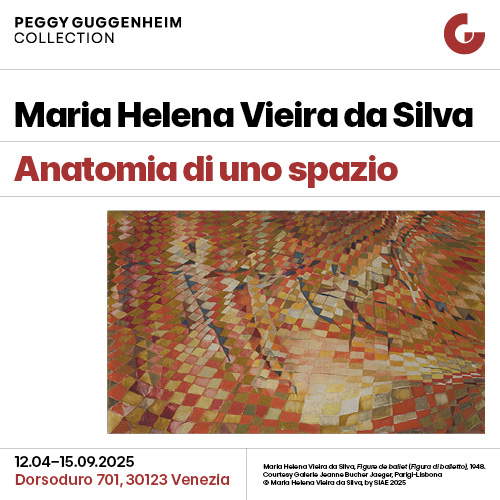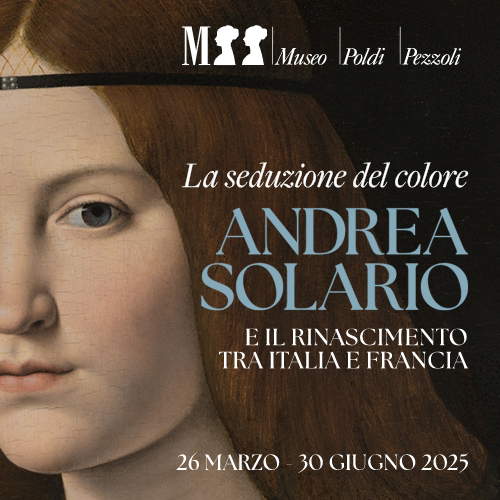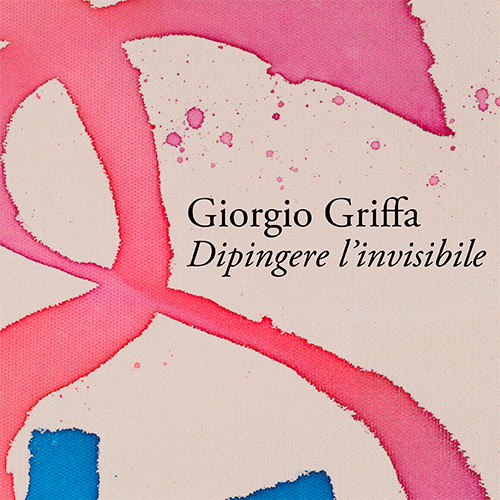Arnaldo Pomodoro's Labyrinth reopens in Milan, among art, history and myth in the basement of the Maison FENDI
A journey through time, matter and myth: Arnaldo Pomodoro’s Labyrinth reopens to the public on March 20, once again offering visitors the chance to immerse themselves in one of the artist’s most fascinating works. Located in the basement of the Milan Headquarters of the Maison FENDI, the Labyrinth presents itself with renewed access that is open to all, by reservation only. Far from the traditional iconography of the labyrinth, made of hedges or winding passages in the sunlight, that of Arnaldo Pomodoro (Morciano di Romagna, 1926) unfolds in the depths of the city, wrapped in an atmosphere suspended between ancient and contemporary. Inspiration comes from the Epic of Gilgamesh, the oldest allegorical poem in human history, dating back to 2000 B.C., a tale of adventure and existential quest that here translates into sculptural material. Through passages and sculpted walls, the path leads the visitor into a primordial world of engraved memories and archaic symbols. The surfaces of the large installation bear mysterious marks, engravings that evoke distant civilizations and forgotten languages, but capable of arousing a sense of universal familiarity. A universe made of wedges, piercings and imprints, a visual writing that recalls the Sumerian tradition, rock art and the archetypal dimension of the symbol.
“I have always had a great fascination for signs, especially archaic signs,” Pomodoro explained to critic Sandro Parmiggiani, “the imprints that I dig into the artistic material, the wedges, the threads and the tears, come to me initially from certain archaic civilizations.”
But Labyrinth is also an inner map, a manifesto of the artist’s poetics. Born in Montefeltro in 1926 and moved to Milan in 1954, Pomodoro has developed a unique sculptural writing over the years, capable of combining material and memory, technology and craftsmanship, archaic signs and modern languages. From his earliest works in the 1950s, characterized by enigmatic high-reliefs, to his large urban sculptures and the Labyrinth, the master has explored bronze’s ability to hold history and continually reinvent it. The reopening of the Labyrinth is part of the collaboration between FENDI and the Arnaldo Pomodoro Foundation, a partnership that has already seen the presence of other works by the artist within the space of the other Solari 35. Here, in addition to the large underground installation, two costume works find their place: the Costume of Dido, created for the staging of Christopher Marlowe’s Dido, Queen of Carthage in Gibellina in 1986, and the Costume of Creon, created for Igor Stravinsky’s Oedipus Rex, staged in Siena in 1988. To visit the Labyrinth is to enter a borderland between matter and imagination, where every engraved mark is a doorway to an ancestral past and every shadow cast on the walls an echo of collective memory. The experience, lasting about 45 minutes, allows visitors to explore the conceptual and technical ways in which Pomodoro shaped his vision, linking autobiography and experimentation, tradition and innovation.
“My entry into the labyrinth is an invitation into the meanderings of a path, where time is transformed into space and space in turn becomes time,” says Arnaldo Pomodoro himself, describing the deep connection between his artistic work and the sensory experience of visitors.
Photo by Andrès Juan Suarez. Courtesy of Arnaldo Pomodoro Foundation.
 |
| Arnaldo Pomodoro's Labyrinth reopens in Milan, among art, history and myth in the basement of the Maison FENDI |
Warning: the translation into English of the original Italian article was created using automatic tools. We undertake to review all articles, but we do not guarantee the total absence of inaccuracies in the translation due to the program. You can find the original by clicking on the ITA button. If you find any mistake,please contact us.



























